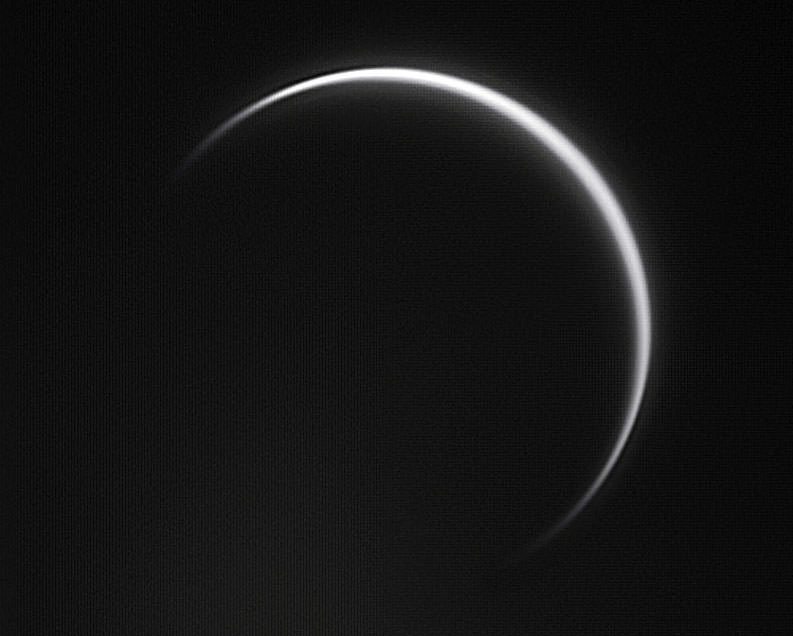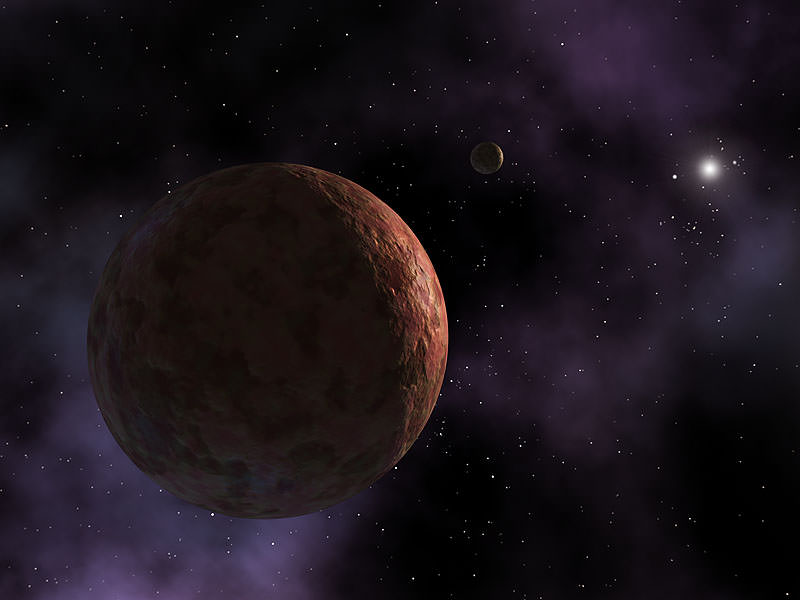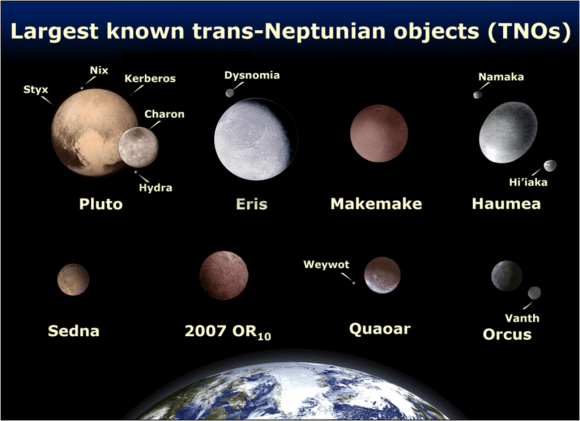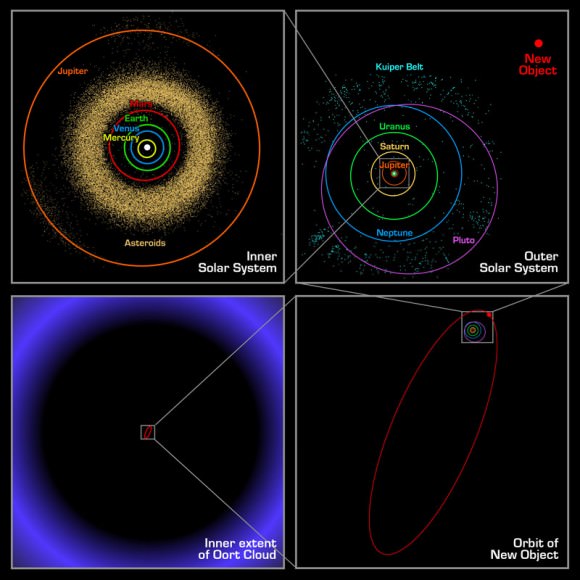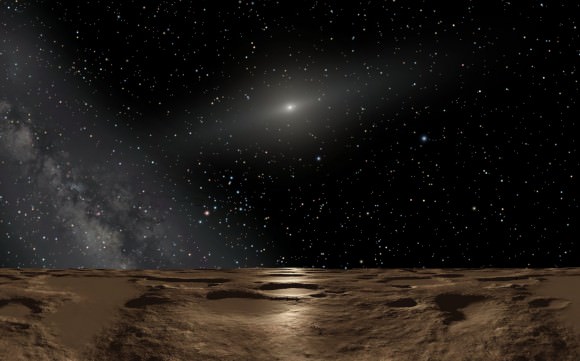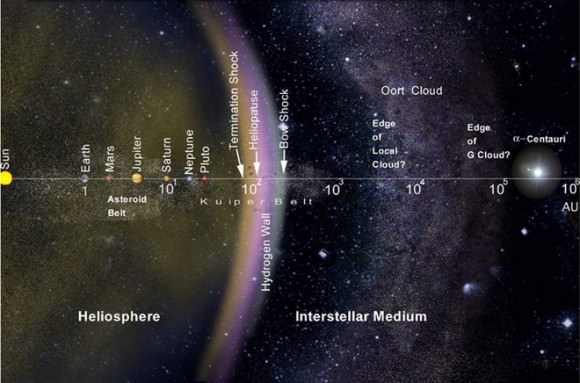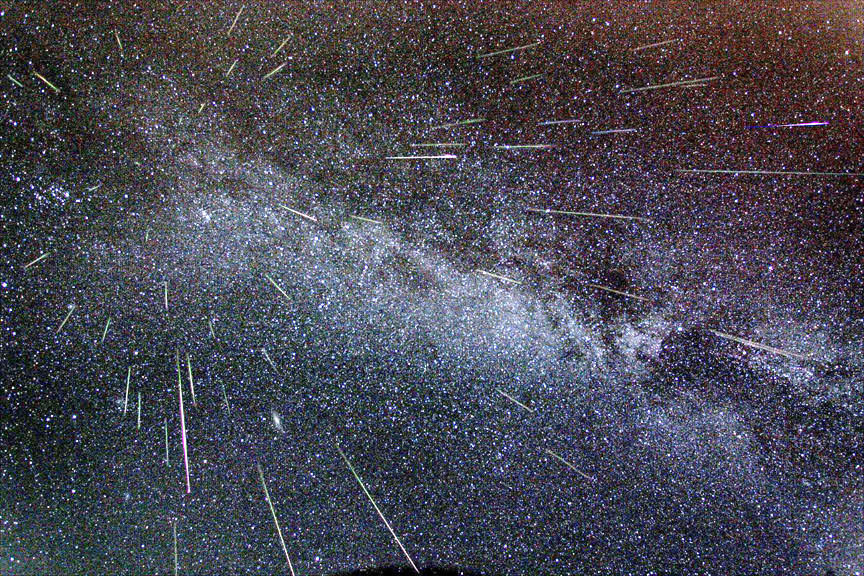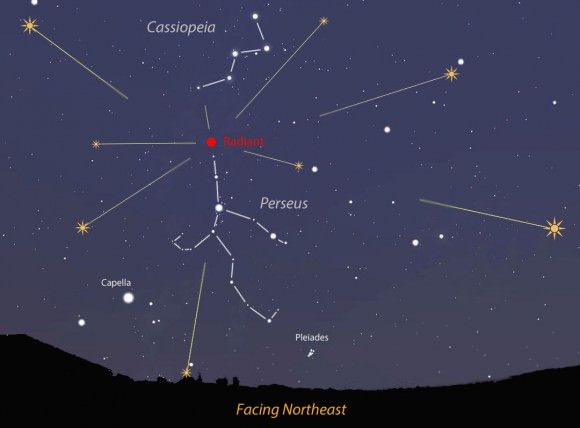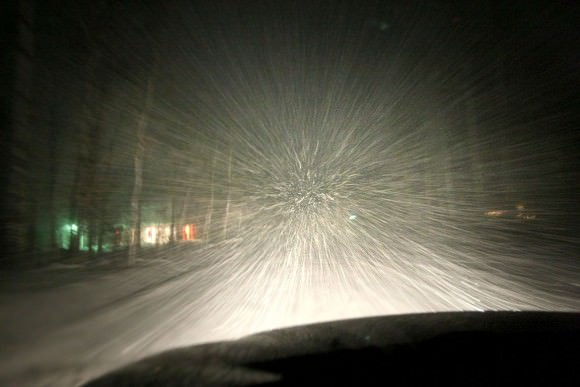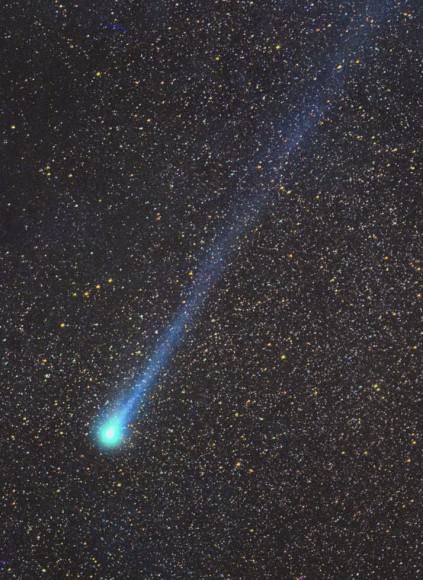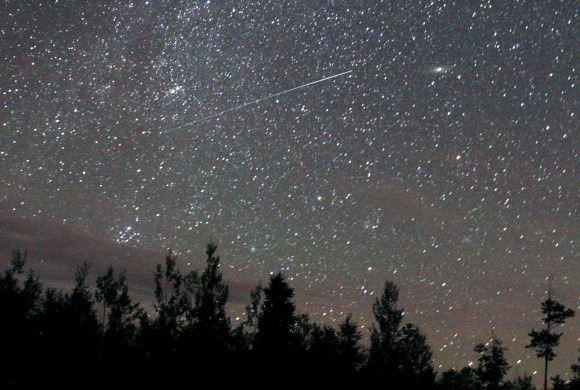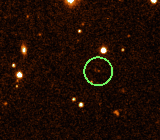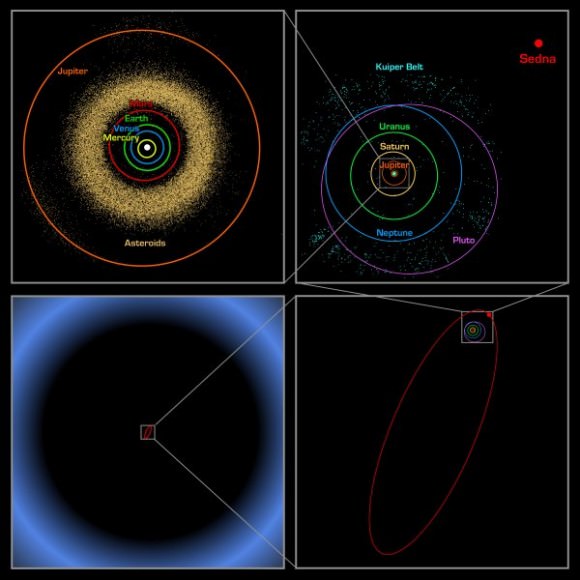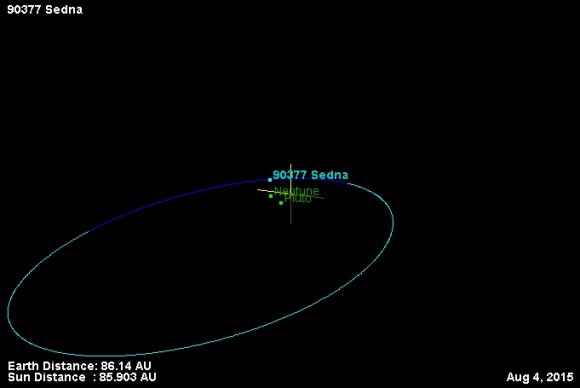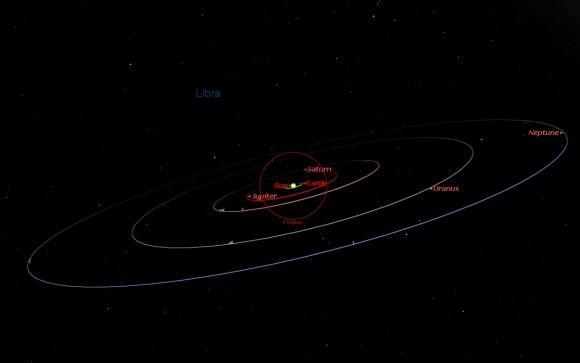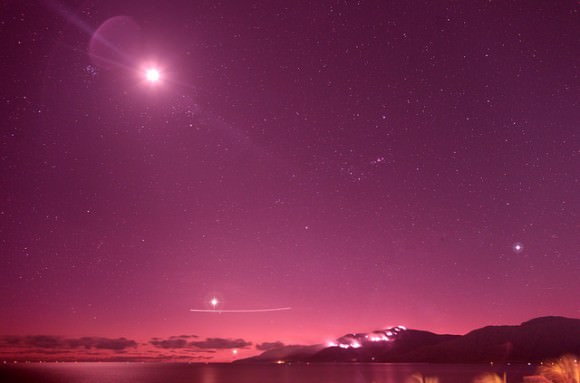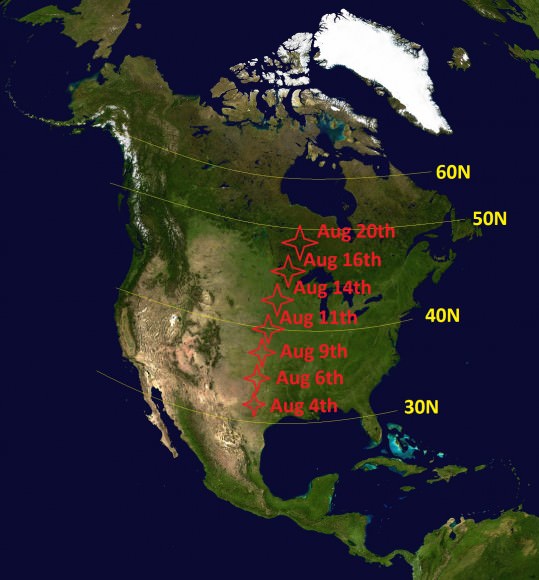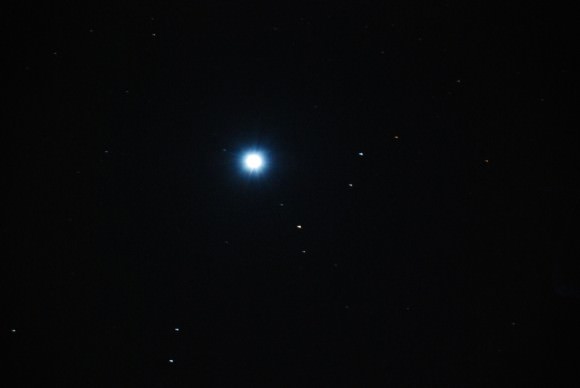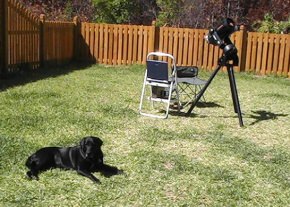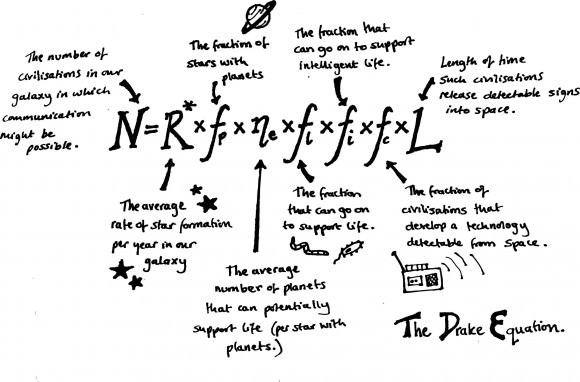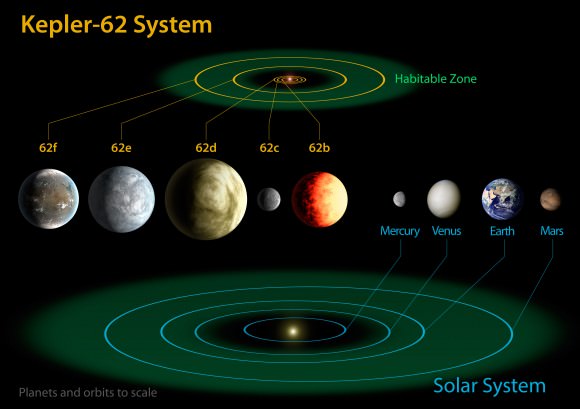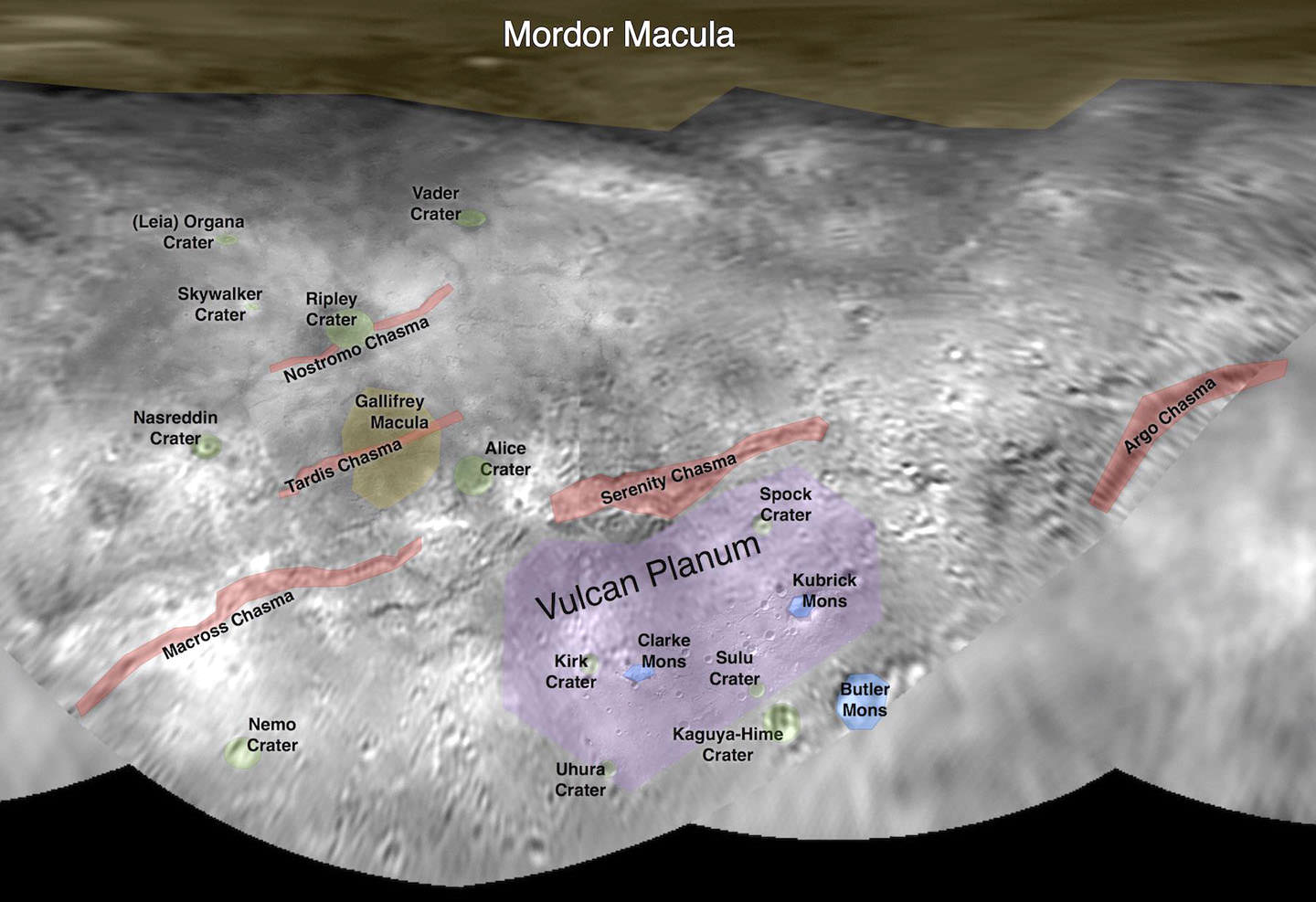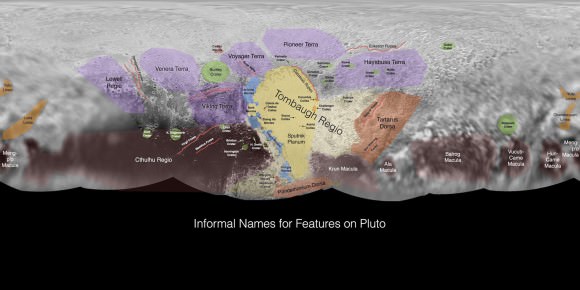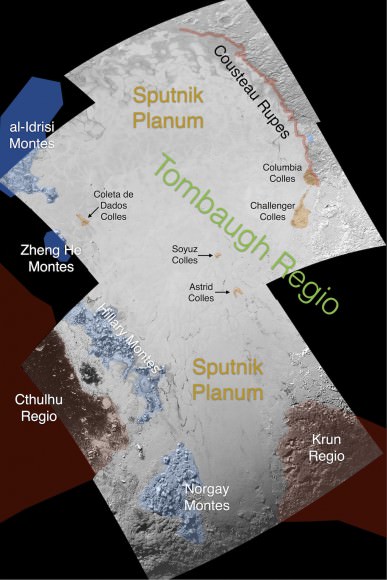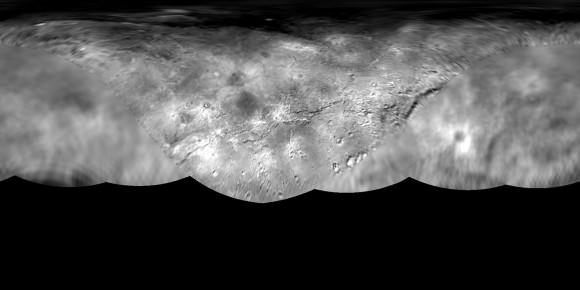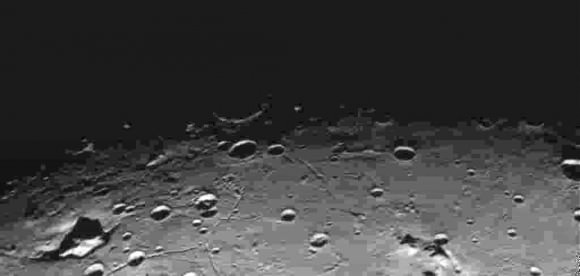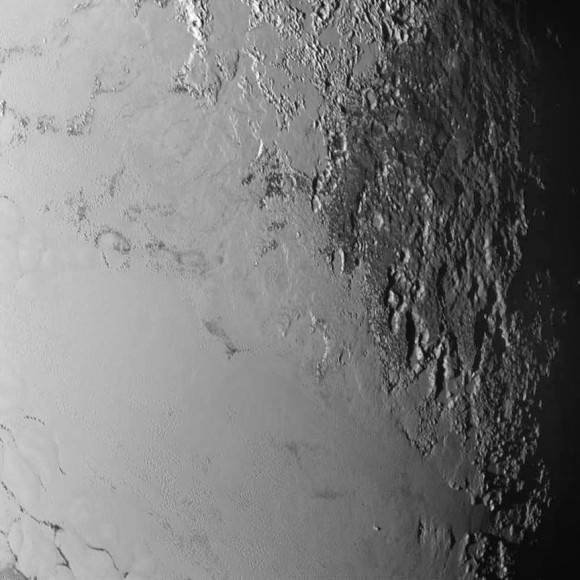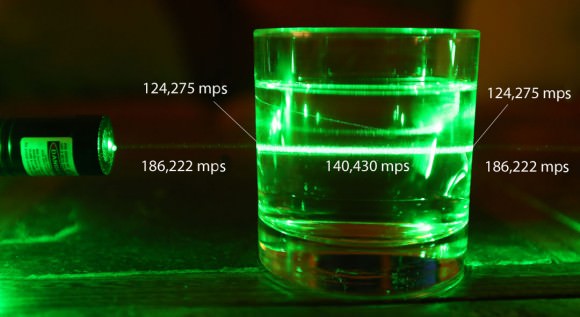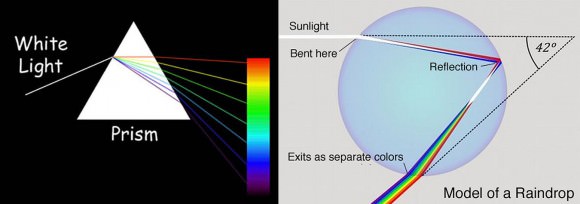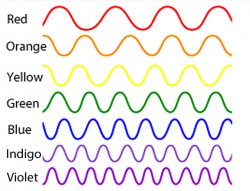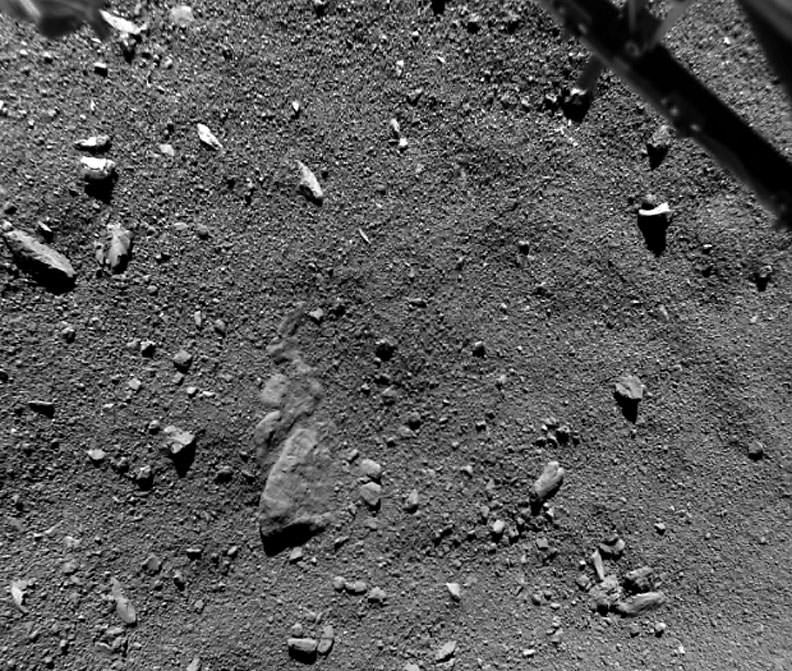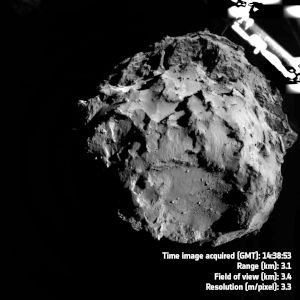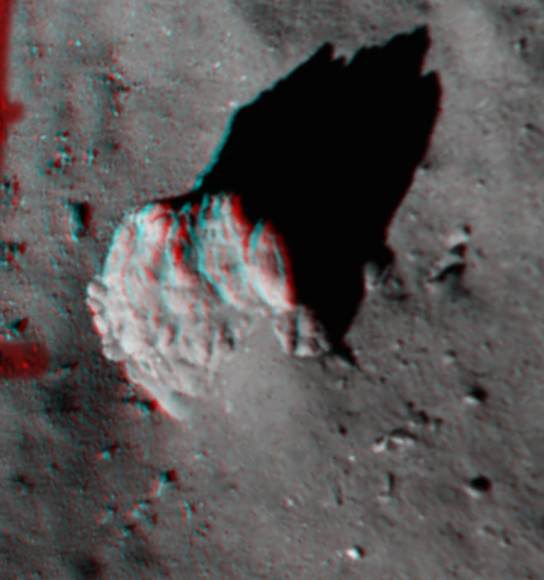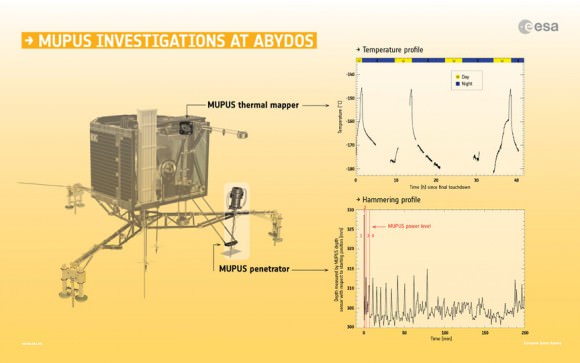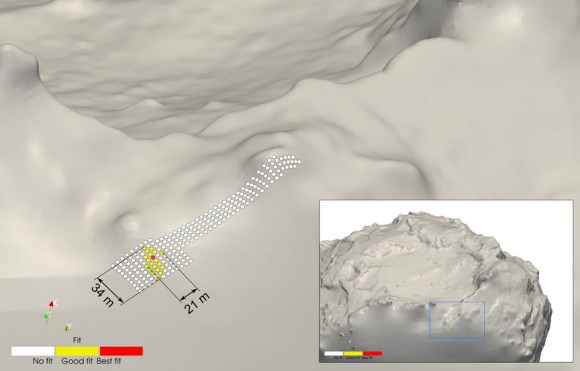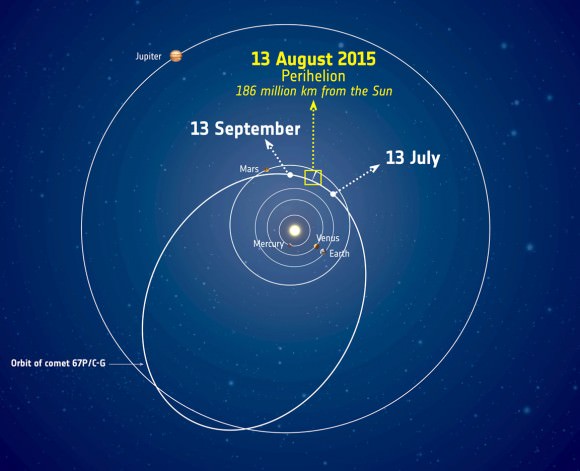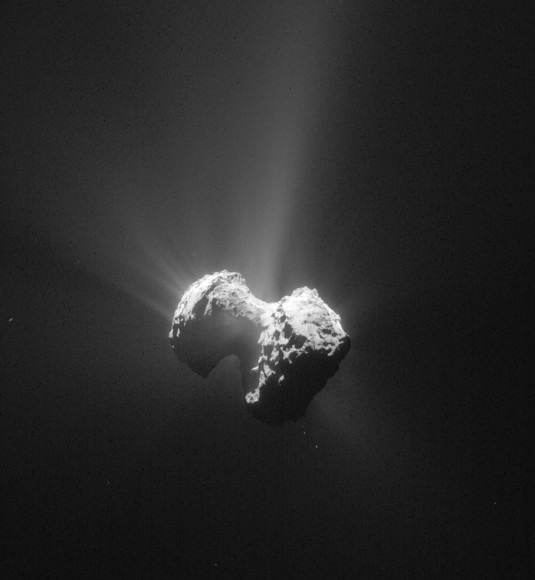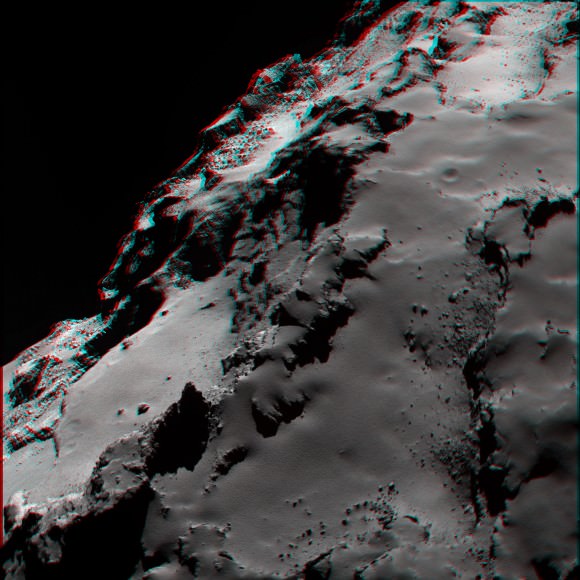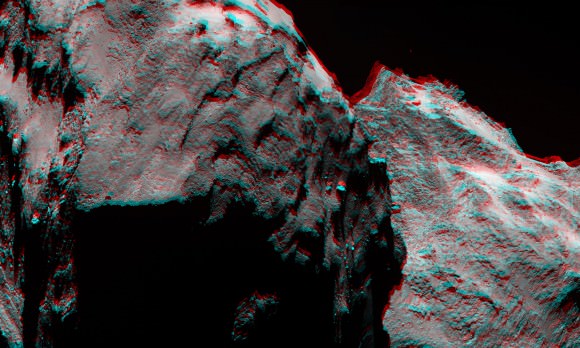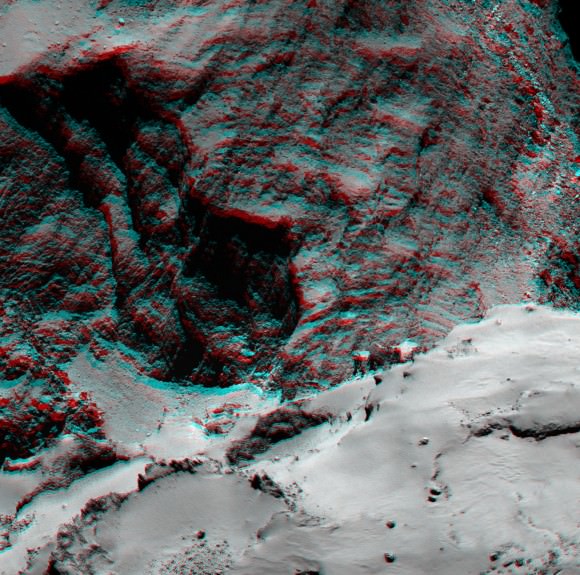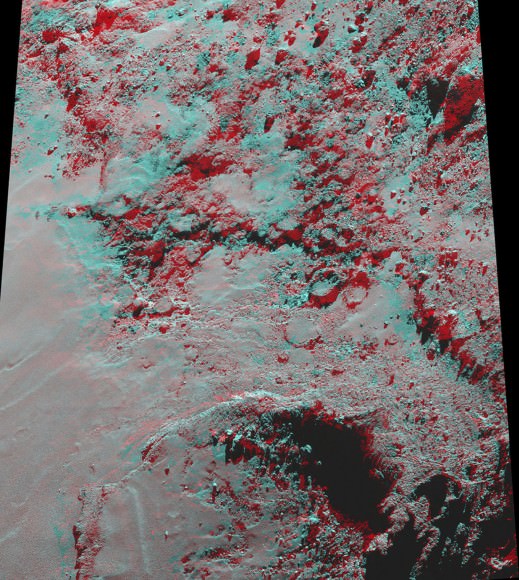Venus is HUGE right now but oh-so-skinny as it approaches inferior conjunction on August 15. Like crescents? You’ll never see a thinner and more elegant one, but first you’ll have to find it. Here’s how.
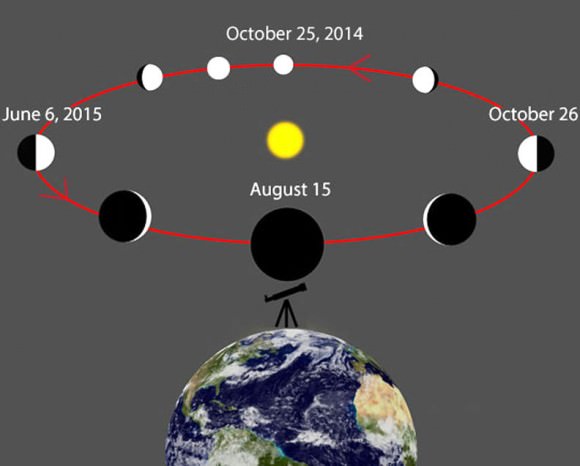
Wikipedia with additions by the author
There’s only one drawback to enjoying Venus at its radically thinnest — it’s very close to the Sun and visible only during the daytime. A look at the diagram above reveals that as Venus and Earth draw closer, the planet also aligns with the Sun. At conjunction on August 15, it will pass 7.9° south of our star, appearing as an impossibly thin crescent in the solar glare. The sight is unique, a curved strand of incandescent wire burning in the blue.
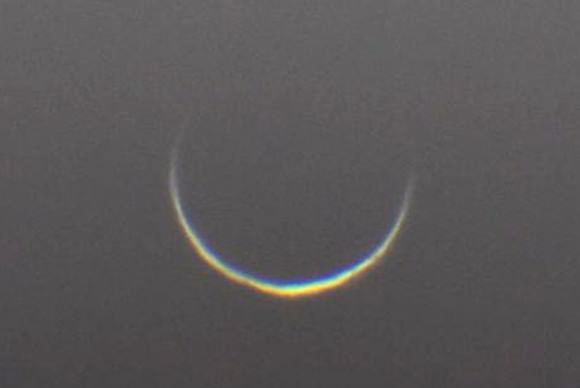
If you’re patient and the air is steady, you might even glimpse the cusps of the illuminated crescent extending beyond their normal length to partially or even completely encircle Venus’s disk. These thread-like extensions become visible when the planet lies almost directly between us and the Sun. Sunlight scatters off the Venus’s dense atmosphere, causing it to glow faintly along the limb. One of the most remarkable sights in the sky, the sight is testament to the thickness of the planet’s airy envelope.
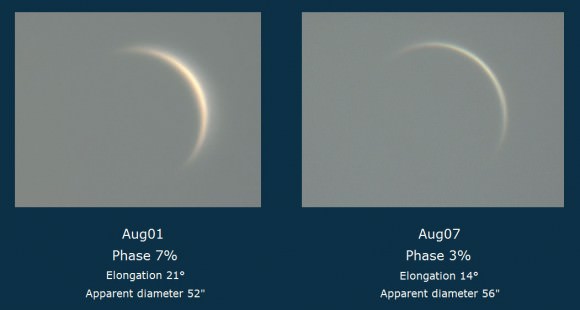
Today, only 1.7% of the planet is illuminated by the Sun, which shines some 11° to the northwest. The Venusian crescent spans 57 arc seconds from tip to tip, very close to 1 arc minute or 1/30 the width of the Full Moon. Come conjunction day August 15, those numbers will be 0.9% and 58 arc seconds. The angular resolution of the human eye is 1 minute, implying that the planet’s shape might be within grasp of someone with excellent eyesight under a clear, clean, cloudless sky. However — and this is a big however — a bright sky and nearby Sun make this practically impossible.
No worries though. Even 7x binoculars will nail it; the trick is finding Venus in the first place. For binocular users, hiding the Sun COMPLETELY behind a building, chimney, power pole or tree is essential. The goddess lurks dangerously close to our blindingly-bright star, so you must take every precaution to protect your eyes. Never allow direct sunlight into your glass. Never look directly at the Sun – even for a second – with your eyes or UV and infrared light will sear your retinas. You can use the map provided, which shows several locations of the planet at 1 p.m. CDT when it’s highest in the sky, to help you spot it.
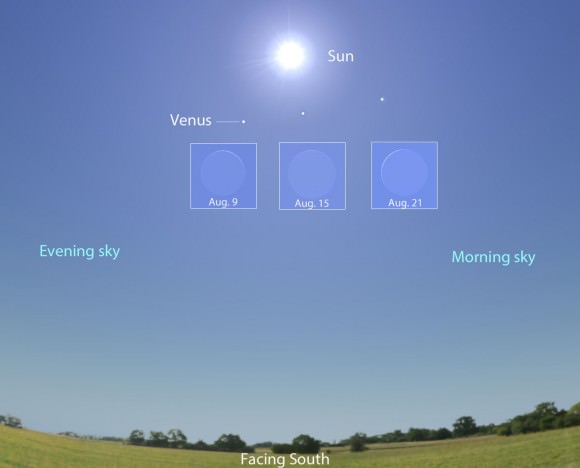
If you’d like to see Venus on a different day or time, download a free sky-charting program like Stellarium or Cartes du Ciel. With Stellarium, open the Sky and Viewing Options menu (F4) and click the Light Pollution Level option down to “1” to show Venus in a daytime sky. Pick a viewing time, note Venus’s orientation with respect to the Sun (which you’ve hidden of course!) and look at that spot in the sky with binoculars. I’ll admit, it’s a challenging observation requiring haze-free skies, but be persistent.
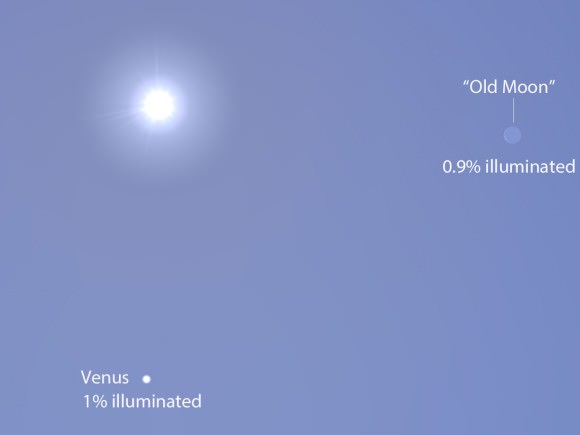
A safer and more sure-fire way to track the planet down involves using those setting circles on your telescope mount most of us never bother with. First, find the celestial coordinates (right ascension and declination) of the Sun and Venus for the time you’d like to view. For example, let’s say we want to find Venus on August 10 at 2 p.m. Using your free software, you click on the Sun and Venus’s positions for that time of day to get their coordinates, in this case:
Venus – Right ascension 9h 42 minutes, declination +6°.
Sun – RA 9h 22 minutes, dec. +15° 30 minutes
Now subtract the two to get Venus’ offset from the Sun = 20 minutes east, 9.5° south.
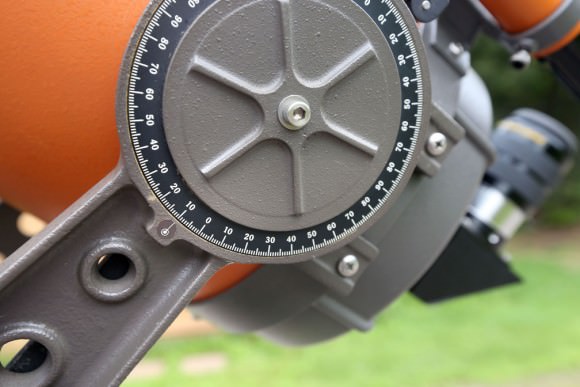
Next, polar align your telescope using a compass and then cover the objective end with a safe mylar or glass solar filter. Center and sharply focus the Sun in the telescope. Now, loosen the RA lock and carefully offset the right ascension 20 minutes east using your setting circle, then re-lock. Do the same with declination, pointing the telescope 9.5° south of the Sun. If you’re polar alignment is reasonably good, when you remove the solar filter and look through the eyepiece, you should see Venus staring back at you from a blue sky. If you see nothing at first, nudge it a little this way and that to bring the planet into view.
Sometimes it takes me a couple tries, but I eventually stumble arrive on target. Obviously, you can also use this technique to spot Mercury and Jupiter in the daytime, too. By the way, don’t worry what the RA and Dec. read on your setting circles when you begin your hunt; only the offset’s important.
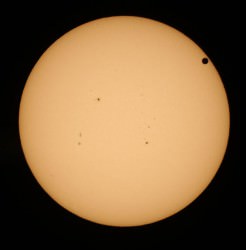
This year’s conjunction is one of the best for finding Venus in daylight because it’s relatively far from the Sun. With an orbital inclination of 3.2°, Venus’s position can range up to 8° north and south of the Earth’s orbital plane or ecliptic. Rarely does the planet cross the ecliptic at the same time as inferior conjunction. When it does, we experience a transit of Venus. Transits always come in pairs; the last set occurred in 2004 and 2012; the next will happen over 100 years from now in 2117 and 2125.
I hope you’re able to make the most of this opportunity while still respecting your tender retinas. Good luck!

